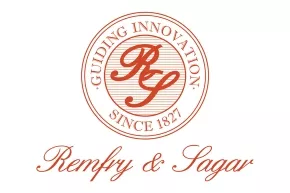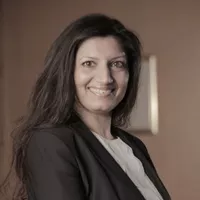- within Intellectual Property topic(s)
- with readers working within the Technology and Law Firm industries
- within Intellectual Property, Media, Telecoms, IT, Entertainment and Privacy topic(s)
- in United Kingdom
Attempts to copyright yoga routines have thrown up issues of originality, ownership, traditional knowledge and choreography, writes Bisman Kaur at Remfry & Sagar
Proprietary claims over pranic healing techniques propagated by master Choa Kok Sui, an accomplished yoga practitioner, led his heirs and the Philippines-based Institute of Inner Studies (IIS) to file a suit before Delhi High Court. An interim ruling was made recently which piqued the interest of many.
Books penned by the master as well as associated trade literature on pranic healing methods formed the first premise for claiming copyright. Additionally, copyright protection was sought for the sequence of exercises on the assertion that they were an outcome of tremendous skill, labour and judgment – ancient concepts had been distilled to invent complex and entirely novel yoga practices.
If one looks to the Indian copyright statute, the definition of "literary works" explicitly includes compilations. Also, it is established law that even a fact-based telephone directory is a copyrightable compilation so long as the author exhibits originality and a minimal degree of creativity in the selection and arrangement of data. Expectedly, copyright claims in books featuring a selection of yoga asanas were upheld.
However, locating the scope of copyright protection for an exercise sequence is more complex and brings into focus the "idea-expression dichotomy" in copyright law. Simply put, this principle means that only original expression used to present an idea is copyrightable, while the underlying ideas, principles and facts are not. The case at hand thus begs the question: Does a sequence of exercises constitute original expression of a kind which may be used to restrain others from performing such exercises (since the right of reproduction and public performance is the exclusive preserve of a copyright owner)?
Precedent suggests otherwise. A book exhibiting a peculiar system of book keeping was considered in the seminal case of Baker v Seldon [1880] wherein the US Supreme Court clarified that a book describing useful arts or scientific principles may well be the subject of a copyright, but that did not imply that the described art had become the proprietary interest of the author. Only the manner of description was required to be protected by preventing reproduction of the substantial part of the book and not the performance of the process itself. Curiously, a 2005 US District Court decision involving the very matter being discussed – Open Source Yoga Unity v Bikram Choudhury – had determined that if a sufficient number of individual yoga asanas were arranged in a sufficiently creative manner, copyright protection for the yoga sequence would be available. However, this prompted the US Copyright Office to issue a policy statement clarifying that while claims in an "original" compilation of photographs or drawings of exercises would be entertained, none would be recognized in a compilation of yoga poses as depicted in drawings etc., since exercise was not a protectable category under the statute.
This was affirmed in a 2012 decision involving once again a claim for asanas of yoga by Bikram Choudhury (Bikram's Yoga College of India, LP v Evolation Yoga, LLC) wherein yoga sequences were held to be uncopyrightable subject matter. An easy parallel may be drawn here with the Indian Copyright Act, 1957 – protectable categories of authorship are limited to original literary, dramatic, musical, artistic, photographic and cinematographic works. The judge in the instant case recognized yoga as an ancient, well known art – an intrinsic part of India's traditional knowledge. That apart, he viewed protection sought for useful healing techniques on account of originality as the preserve not of copyright, but patent law. Hence, it was ruled that no copyright existed in the yoga routines designed by master Sui.
An alternative copyright claim was based on the assertion that performance of the compiled asanas was a work of choreography which qualified for protection as a "dramatic work". Incidentally, yoga sequences were equated with pantomime choreography – since they comprised "significant gestures without speech" – in the 2012 Bikram Yoga case. That ruling had clarified that while a choreographic work may incorporate simple routines, social dances, or even exercise routines as elements, mere selection and arrangement of physical movements did not support a copyright claim. Delhi High Court was of a similar view and stated that the simplicity of the yoga sequences in question placed them outside the purview of protection.
Turning to infringement and passing off alleged on account of trademark registrations (filed in the year 2000) held for the expression "pranic healing", specific mention in texts dating back to 1906 clearly established the term was not coined. Further, widespread use of pranic healing techniques rooted in ancient traditions meant no amount of investment could result in a secondary meaning which identified a particular proprietor. Lacking distinctiveness, both inherent and acquired, the judge held it was an expression incapable of performing trademark functions and registrations for it were inconsequential.The final outcome in the case is eagerly awaited.
The content of this article is intended to provide a general guide to the subject matter. Specialist advice should be sought about your specific circumstances.


